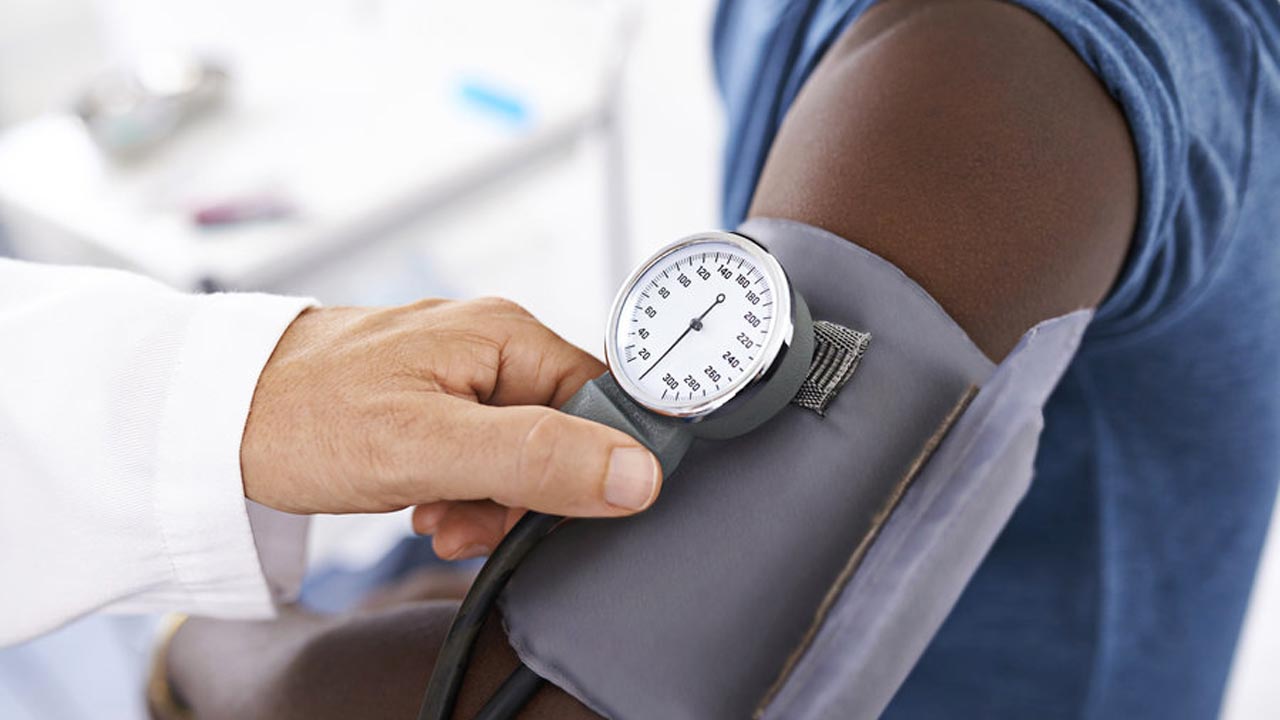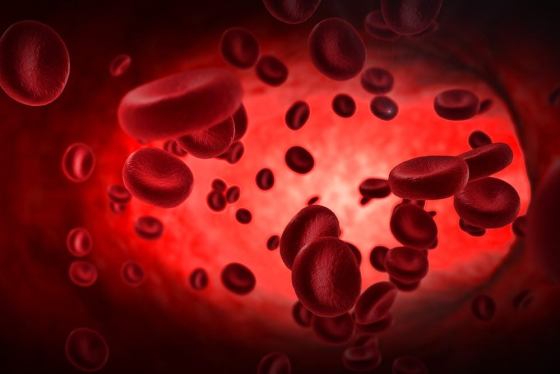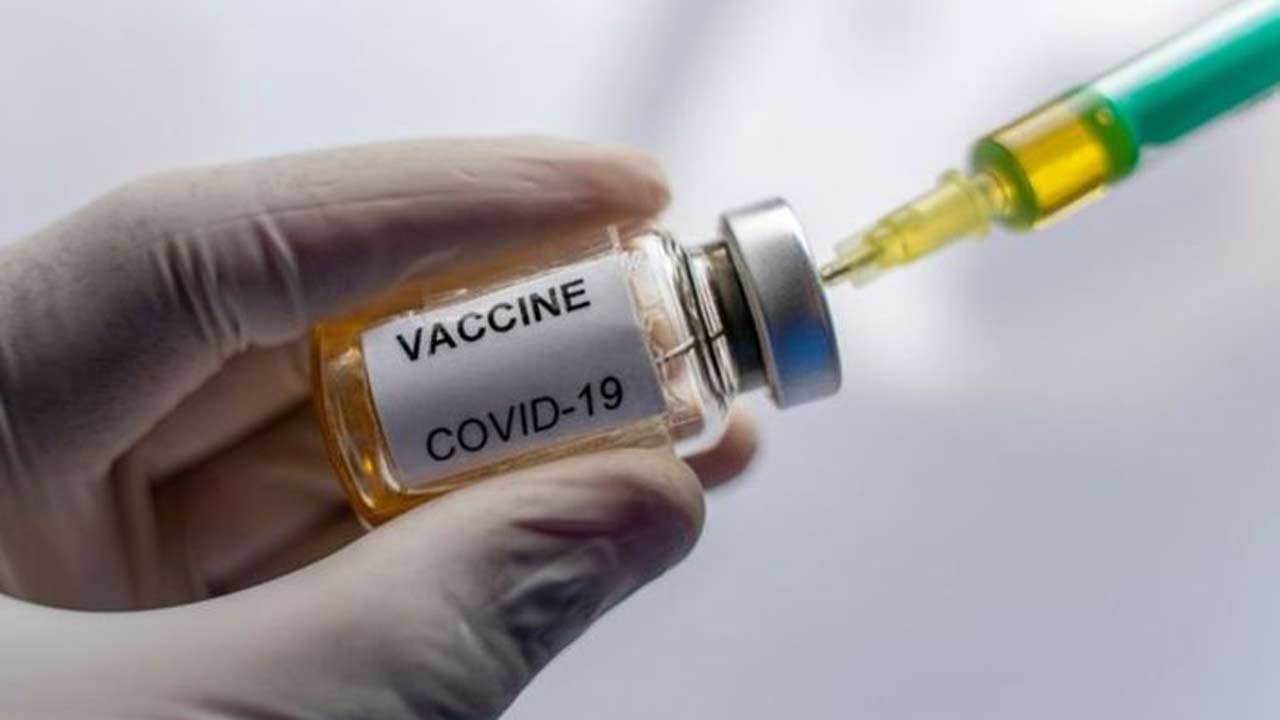Experiencing a headache that affects the left side of the head can be alarming if the cause is unknown. Understanding the types of headaches that cause pain on the left side explains the pain and helps people to get the right treatment. Approximately 50 percent of adults worldwide are affected by headaches. Most are known as primary headaches, as there is not an underlying injury or condition. Only a small fraction of headaches will be caused by something more serious.
It is important to know the difference between the symptoms of a primary headache and a more serious condition. This article explores the symptoms, causes, and treatments for all types of headaches on the left side.
Fast facts on headache on the left side:
Some primary headaches may cause pain only on the left side. Most of the common causes are not serious and are straightforward to treat.
Understanding the causes and symptoms of primary headaches that may cause pain on the left side can help differentiate them from more serious conditions.
Types
Whilst most headaches on the left side are not caused by serious conditions, in some cases there may be an underlying condition. Some headaches on the left side, however, may be caused by more serious underlying conditions.
Types of primary headache
Primary headaches that may cause pain on the left side include:
-migraines
-tension headaches
-cluster headaches
-Underlying conditions
Underlying conditions that may cause a headache on the left side include:
-injuries
-inflammatory disease
-blood vessel related
-medication overuse
-sinusitis
Causes and symptoms
The causes and symptoms of each relevant type of primary headache are explored below.
Migraines
A headache on the left side could be caused by a migraine. Migraines affect 12 percent of people in the United States and are more common in women than men.
Migraines are characterized by a severe headache, which may throb and is usually on one side of the head. Pain may begin around the eye or temple and then spread across the head.
For it to be considered a migraine, one or more of the following symptoms will accompany it:
-changes to vision
-nausea and vomiting
-dizziness
-extreme sensitivity to sound, light, touch, or smell
-numbness or a tingling sensation in the face or extremities
A migraine typically lasts 4-72 hours. A person experiencing a migraine may feel like they need to lie down.
The underlying cause of a migraine is not entirely understood. However, it is thought to relate to brain function and nerves or blood vessels around the brain becoming more sensitive.
Migraines can be triggered by:
-stress
-certain foods, such as alcohol, cheese, or chocolate
-sleeping too much or too little
-bright lights or lights that flicker
-sustained loud noise
-strong smells, such as perfume
Tension headaches
A tension headache may cause pain on the left side and behind the eyes, and may be linked to stress. Tension headaches account for up to 42 percent of headaches worldwide.
They may occur on one side so could be the cause of a headache on the left side. However, tension headaches are less likely to be one-sided than migraines.
Tension headaches are usually less severe than migraines but can still cause a lot of pain.
Symptoms include:
-tight, pressing pain that may start behind the eyes and spread across the forehead or the back of the head
-a feeling like the head is in a vice
-tight neck and shoulder muscles
-pain often feels worse at the end of the day
Tension headaches are thought to be caused by muscle tension. They tend to be triggered by:
-stress
-tension in the neck or shoulders
-poor posture
-a previous neck injury
-Cluster headaches
The cause of a headache on the left side could be a cluster headache.
Cluster headaches are extremely painful and are characterized by pain on one side of the head. The symptoms include:
-pain behind one eye, one temple, or one side of the forehead
-pain becomes most intense after 5-10 minutes
-severe pain lasts between 30-60 minutes
-less intense pain may continue for up to 3 hours
Other related symptoms may include:
-a blocked or runny nose
-a drooping eyelid
-watering and redness in one eye
-flushed or sweaty face
The exact cause of cluster headaches is unknown, but it is believed to be linked to a part of the brain called the hypothalamus.
Cluster headaches typically occur at a similar time every day, in bouts that may last between 4-12 weeks. They often happen in the spring or fall, which is why some people confuse them with allergy headaches.
Underlying conditions
Sometimes a headache on the left side is not a primary headache but is due to an underlying condition. Some are more serious than others.
Some of the more serious underlying causes include:
-injuries
-inflammatory disease
-blood vessel issues
Less serious underlying conditions that may cause a headache on the left side include over-reliance on pain killers and sinusitis.
When to see a doctor
If the headaches develop after the age of 50, and steadily get worse or change in nature, professional medical advice should be sought.
If a person experiences any symptoms that relate to the more serious underlying conditions listed above, then they should consult a doctor straight away.
These symptoms include blurred vision, fever, and sweats.
It is also important to speak to a doctor if:
-headaches first develop over the age of 50
-a person experiences a significant change in the pattern of headaches
-headaches steadily get worse
-a notably severe headache occurs
-there are changes to a person’s mental function or personality
-headaches occur after a blow to the head
-headaches make daily life unmanageable
Treatment and prevention
Most headaches can be treated with pain-relieving medication. Popular medictions available over-the-counter or online include ibuprofen and aspirin.
A doctor may prescribe stronger pain killers or muscles relaxants when migraine or tension headache pain is more severe. Cluster headaches may be treated with a course of pure oxygen inhalation treatment.
The following lifestyle changes can help manage primary headaches:
-Relaxation techniques: Yoga or other relaxation techniques may help relax body and mind. This relaxation may reduce muscle tension, making tension headaches and migraines triggered by stress less likely.
-Avoiding food triggers: Migraine triggers like caffeine, alcohol, and cheese should be avoided.
-If a headache is caused by an underlying condition, then a doctor can advise on the best course of treatment for this condition.
Outlook
Most headaches can be managed with pain medication and lifestyle changes.
However, some people experience recurring primary headaches that affect their daily life. If this happens, it is important that they work with their doctor to find a course of treatment that helps manage their pain.
If headaches are caused by an underlying condition, speaking to a doctor as soon as possible can help a person get the right treatment early on. This usually leads to an improved outlook.





